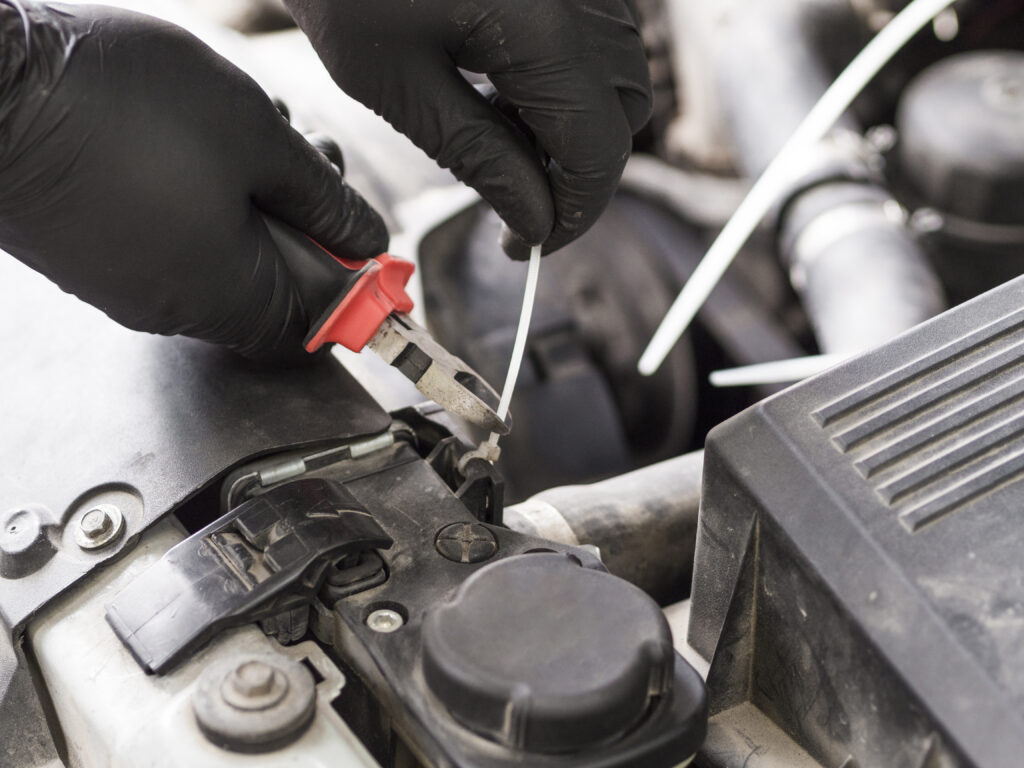Introduction
Not all car batteries are created equal. From budget-friendly classics to high-tech powerhouses, the type you choose can make or break your driving experience. In this detailed guide, we’ll explore the main car battery types—flooded lead-acid, AGM, gel cell, and lithium-ion—breaking down their features, pros, cons, and ideal uses. Whether you drive a daily commuter or a performance beast, understanding these options will help you pick the best battery for your vehicle.
Types of Car Batteries
- Flooded Lead-Acid Batteries
- How They Work: Liquid electrolyte flows between lead plates—simple and time-tested.
- Pros: Affordable (often under $100), widely available, reliable for basic needs.
- Cons: Needs occasional water top-ups, can spill if tipped, shorter lifespan (3-5 years).
- Best For: Everyday cars with minimal electronics.
- Absorbed Glass Mat (AGM) Batteries
- How They Work: Electrolyte is held in glass mats, making them sealed and spill-proof.
- Pros: No maintenance, great for high-demand systems, longer life (4-7 years).
- Cons: Costs more (around $150-$200).
- Best For: Modern cars with start-stop tech or lots of accessories.
- Gel Cell Batteries
- How They Work: Electrolyte is a gel, also sealed for safety.
- Pros: Resists vibration, low self-discharge, nearly maintenance-free.
- Cons: Sensitive to overcharging, less common for cars.
- Best For: RVs, boats, or off-road vehicles.
- Lithium-Ion Batteries
- How They Work: Uses lithium cells for lightweight, high-efficiency power.
- Pros: Super light, lasts up to 10 years, fast charging.
- Cons: Expensive ($500+), needs special chargers, rare in standard cars.
- Best For: Electric vehicles or high-performance cars.
- Comparison Table TypeCostLifespanMaintenanceBest UseLead-Acid$50-$1003-5 yearsYesBasic carsAGM$150-$2004-7 yearsNoModern/high-demand carsGel Cell$150-$2504-6 yearsMinimalSpecialty vehiclesLithium-Ion$500+8-10 yearsNoEVs/performance cars
Choosing the Right Type
- Budget: Lead-acid for tight wallets; AGM for a mid-range upgrade.
- Vehicle Needs: AGM for tech-heavy cars; lithium-ion for EVs.
- Conditions: Gel or AGM for rough terrain; lead-acid for mild use.
Conclusion
The best car battery type depends on your car, lifestyle, and budget. Flooded lead-acid batteries suit simple setups, while AGM batteries shine in modern vehicles. Gel cells are niche, and lithium-ion is the premium pick for cutting-edge rides. Weigh your options with this guide, and you’ll find a battery that powers your car perfectly.
Call-to-Action:
Which battery type do you use? Drop your thoughts in the comments, and see our guide to choosing a car battery for more help!

